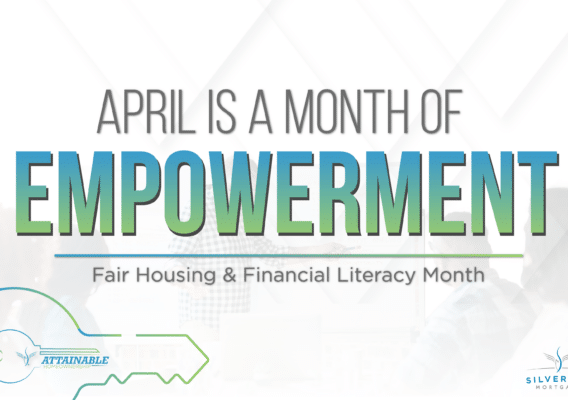
If you have student loan debt, you are certainly not alone. In fact, as of 2022, there are an estimated 44.7million Americans who have student loan debt, according to Education Data.org.
What is Debt-to-Income Ratio?
Sure, student loan debt can be a roadblock on the path to homeownership. It can make saving for a down payment more difficult. Student loans may also increase debt-to-income ratio (“DTI”), which can influence a homebuyer’s ability to qualify for a mortgage along with the rate they’re able to get. Also, missing a student loan payment can lower credit score, an important factor in determining mortgage approval odds. Defaulting on student loans can preclude an individual from qualifying for certain mortgage programs. On the other hand, paying student loans on time can be a great way to bolster credit scores.
While having student loans can influence a mortgage in several ways, it’s not a deal breaker. It’s important to remember that student loans are no different than any other type of debt a person may have. Lenders aren’t deterred by this specific debt, instead, they are looking at financial situations in their entirety. When considering homeownership, it may be beneficial to look for ways to reduce DTI ratios.
Reducing DTI Ratios
One way to do this may be by lowering student loan payments. This can be done in several ways. The first is by applying for an income-driven repayment plan which adjusts payments based on an individual’s current income and family size. It is crucial to make sure that this option will reduce payments and not increase them. It may also require larger payments later in the loan. With private student loans, it may be smart to consider refinancing student loans which could allow a homebuyer to qualify for a lower interest rate. While the term may be extended, this could result in lower monthly payments and therefore freeing up more money each month to go towards a mortgage payment. Discussing with a student loan servicer is key in order to make sure that all the terms of any repayment plan or refinancing are the best options before making the change.
When starting the homeownership process, make sure to explore all mortgage options. There are multiple types of mortgages that will allow a homebuyer to buy a home with little down including VA, Conventional First Time Homebuyer programs, and FHA loans. Each type of program has its own unique way to calculate an estimated monthly student loan payment when the loan is currently in deferment. An experienced mortgage loan originator can help find the right mortgage to fit a person’s unique needs.
Student Loan Forgiveness and Homeownership
The Biden administration recently announced a program that would reduce or wipe away $10,000 of student loan debt for individuals who make less than $125,000 annually and up to $20,000 for borrowers who received Pell Grants. This news can have a huge impact on the financial lives of millions of Americans, including the ability to purchase a home.
Erasing $10,000 to $20,000 of student loan debt could lower an individual’s DTI, the figure that shows lenders how much income ties to debt payments. Lowering DTI determines the difference between approval or denial a mortgage loan. In addition, utilizing the extra money that would have otherwise gone towards monthly student debt assists with down payments and other costs associated with buying a home.
If you’re curious about what lowering or eliminating your student loan debt means for your dreams of homeownership, contact a Silverton Mortgage loan originator today. One of our team members would be happy to look at your unique financial circumstances and discuss all your mortgage options.
You Might Also Like

Navigating the Mortgage Maze: The Mortgage Process Simplified

April: The Month of Empowerment

